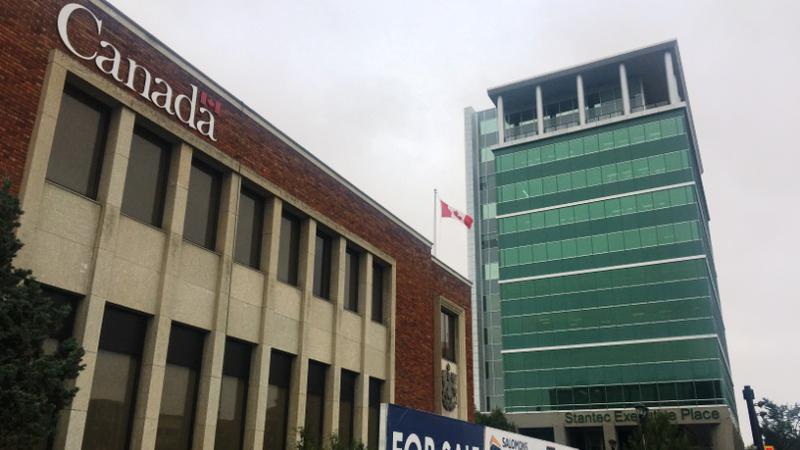
Property company remains committed to Red Deer’s Downtown
The head of the company that owns one of Red Deer’s largest buildings says they’re committed to staying and helping revitalize the Downtown area.
Randy Mabbott, president of Cochrane-based Grand Central Properties Inc. which owns Stantec Executive Place at Ross Street and 49 Avenue, says he doesn’t share some of the “extreme negative optics” many have of Downtown.
Mabbott spoke against a site exemption to allow a building in Edgar Industrial Park to add ‘office’ as an approved use, an exemption that was approved by city council on Monday.
“We need to work to show that office tenants and other businesses need to be and should be located in the downtown,” he says.


